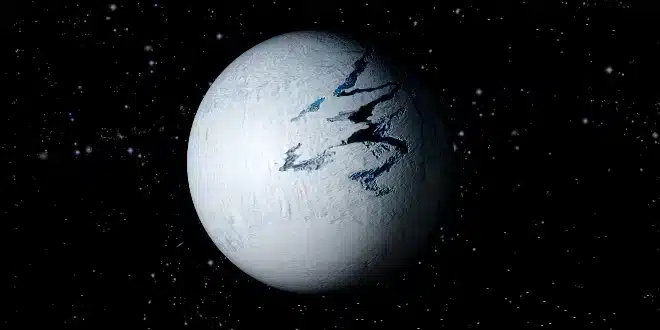Throughout Earth’s extensive history, there have been instances when the planet was engulfed in ice, known as “Snowball Earth” periods. These eras spanned thousands to millions of years, and the cause behind their onset has puzzled scientists for a long time. Recent research suggests that these ice-covered epochs may have been initiated by colossal asteroid impacts.
This groundbreaking study, featured in Science Advances, was conducted by a collaborative team from Yale University, the University of Chicago, and the University of Vienna.
Previously, it was theorized that a significant drop in atmospheric greenhouse gases could have led to these glacial periods. Nevertheless, the research team, led by Minmin Fu from Yale’s Department of Earth and Planetary Sciences, proposed an alternative hypothesis, pondering whether asteroid collisions could have rapidly triggered these climatic shifts.
To investigate this hypothesis, the researchers employed a climate model simulating the aftermath of asteroid impacts during four distinct historical periods: the Preindustrial era (150 years ago), the Last Glacial Maximum (21,000 years ago), the Cretaceous period (145 to 66 million years ago), and the Neoproterozoic era (1 billion to 542 million years ago).
Their findings suggested that asteroid impacts were unlikely to induce a snowball state during the warmer Cretaceous and preindustrial periods. However, during the Last Glacial Maximum and Neoproterozoic era, when initial climate conditions were already cold, such impacts could have potentially kickstarted a snowball Earth scenario.
What stood out to co-author Alexey Fedorov, a Yale professor specializing in ocean and atmospheric sciences, was the rapid pace at which a global snowball state could emerge following an asteroid impact, given already cold climate conditions. He noted that within just a decade, sea ice could accumulate up to about 10 meters thick at the Equator, a stark contrast to the one to three meters of sea ice typically found in the modern Arctic.


